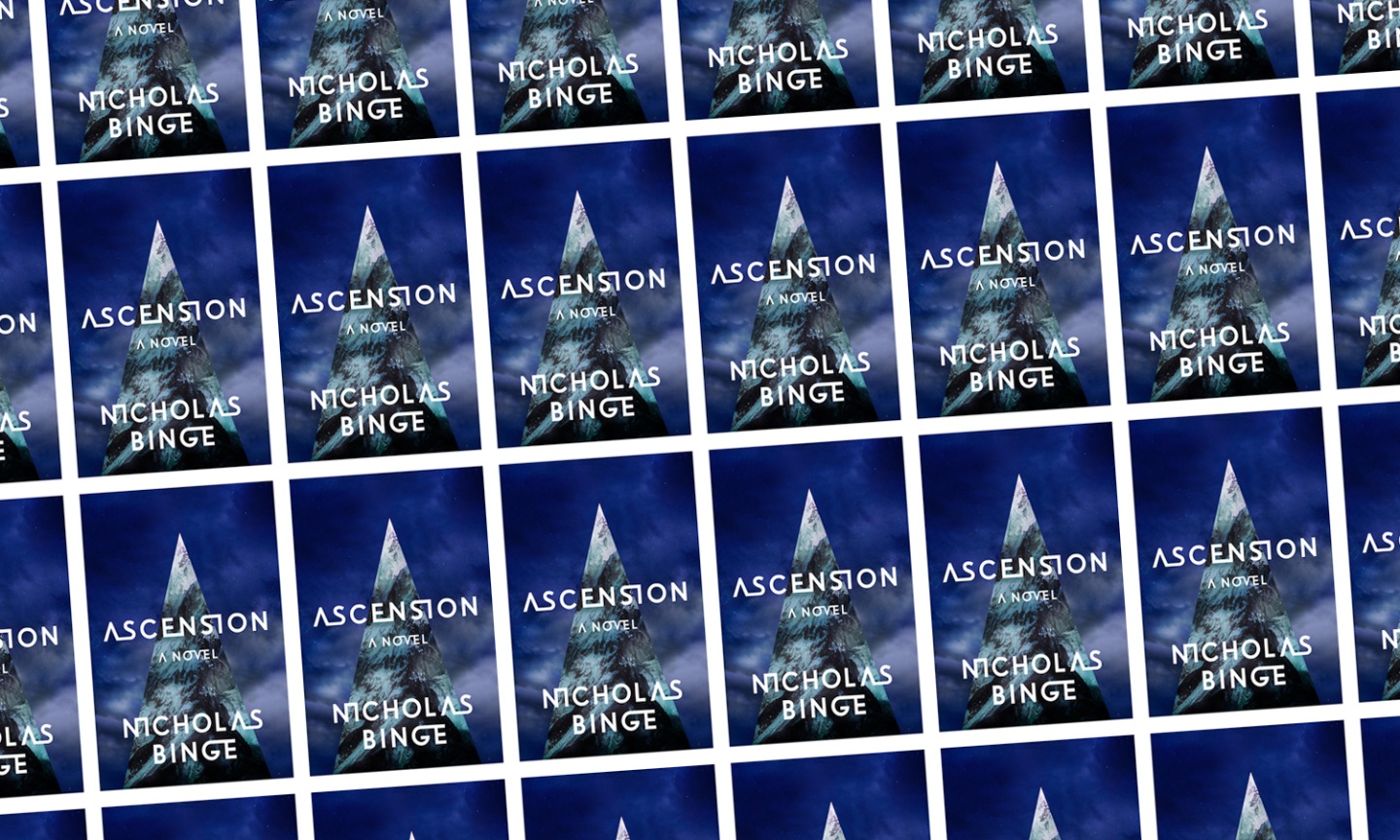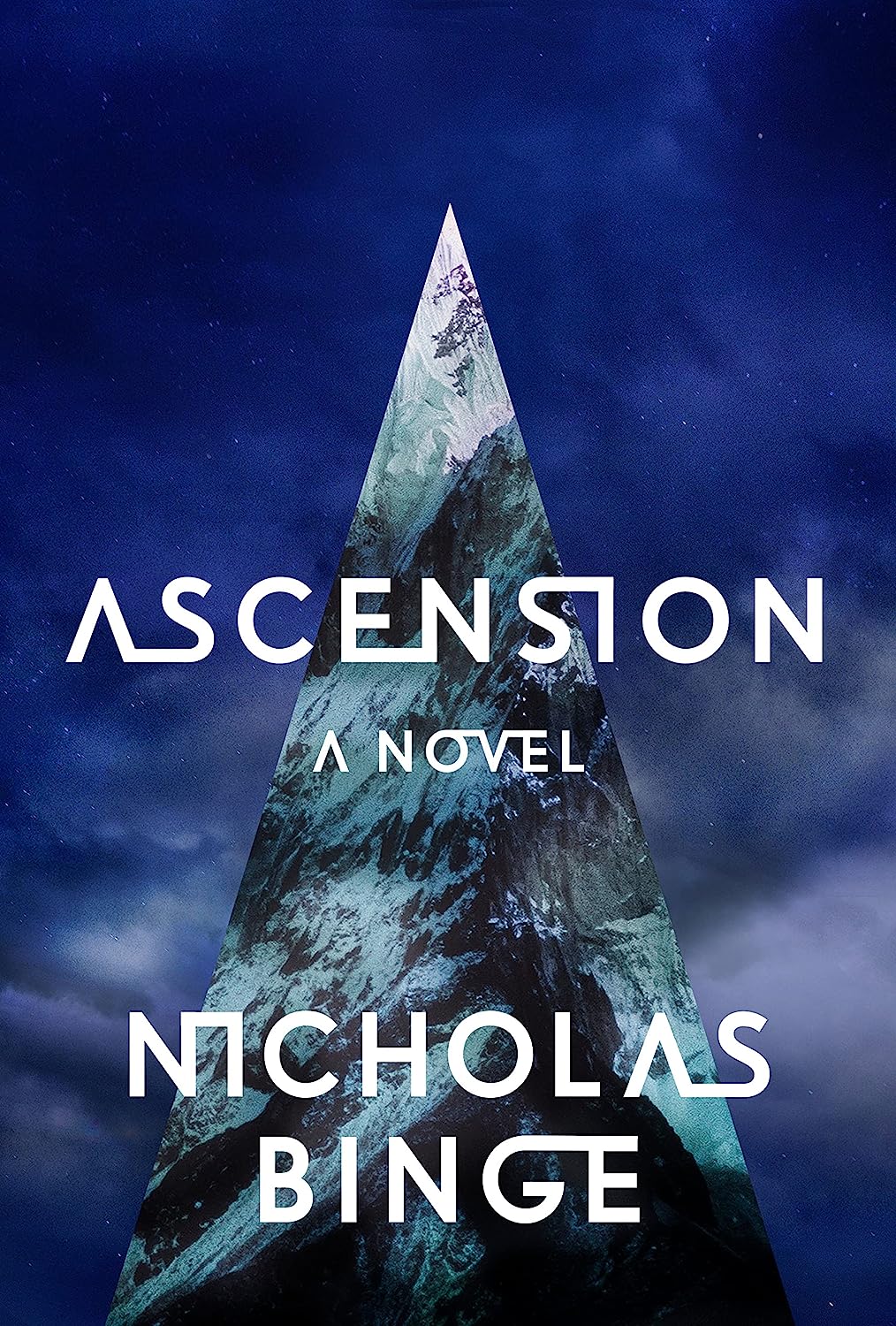
Mountains in the Sea: Ascension by Nicholas Binger
In the 17th century, frigid temperatures pushed the Boysen Glacier toward a small settlement outside the French village of Chamonix, engulfing entire farms and houses. The terrified villagers of Chamonix, convinced that the glacier was haunted by a demon, hired the bishop of Annecy to exorcise it. In Eric Wilson’s book, The Spiritual History of Ice, he points out that classical and medieval Europeans considered the Alps and the entire alpine region to be terrible places, full of demons, dragons, monsters, witches, and ghosts. However, some outsiders, such as Jean-Jacques Rousseau, saw a different spirit in the lofty mountains and thin air. Early climbers believed that heights would allow them to reach lofty heights, strengthening their connection to the mysteries and magic of the universe.
By the time the Enlightenment was in full swing, alpine climbing had become a substitute for the Enlightenment itself: the solitary (apparently white; obviously gentlemanly) seeker of knowledge, ascending in solitary triumph to a summit from which he could gaze at the excellence of knowledge clear view. By the early 1800s, Chamonix had become a tourist trap. Mary Shelley spent a summer there in 1816. In her 1818 masterpiece, “Frankenstein,” she transports Victor Frankenstein to the Montanfort Glacier, just a few miles from the glacier where the 1690 exorcism took place, where he meets a monster of his own creation, frolicking effortlessly on the ice he had just struggled through.
Something went wrong with Nicholas Binge’s new mountain adventure novel, Ascension, which does a good job of resolving the long-running tension between the quest for enlightenment and the terrifying monsters on the ice. At the beginning of the book, we are introduced to our distinctly Lovecraftian protagonist, Harold Tunmore, whose brother Ben is “a respected scientist and Renaissance man.” “There was always some distant discovery, some hidden spool that he had to pull before anyone else,” Ben wrote. In 1990, the elusive, world-travelling Harold fails to make it to the family Christmas, much to the disappointment of Ben’s youngest daughter, Harriet, who may be the only family member who maintains a sympathetic relationship with her uncle.
A few months later, Harold sent three strange and absurd letters to Harriet, and he was never heard from or seen again. Ben does his best to find his brother, visiting mutual acquaintances and laboratories where he knows Harold has conducted research. But, he notes, “in the winter of 1990, it was as if he disappeared out of thin air.” Ultimately, Ben and his sister Poppy declared their brother officially dead and did their best to move on with their lives.
Thirty years after his disappearance, Harold suddenly reappears in a gothic but crumbling mental institution, where he has apparently been living for some time, unbeknownst to his family. Ben arrives on the scene only to find his now elderly brother much more frayed. Harold was prone to psychosis and possessed a mysterious stack of papers; the night Ben took them away, Harold set himself on fire and died. His papers turned out to be a series of letters to Harriet, apparently written in the early 1990s but never sent. They form the bulk of the novel, detailing an impressive and dangerous foreign adventure.
As Harold’s letters quickly reveal, the 1990s were a pretty busy time for him. In 1991, a huge mountain range suddenly appeared in the central South Pacific. How old is it? Well, it’s bigger than Mount Everest. Harold was an internationally renowned physicist at the time, and he was called to a symposium with several other scientists, a handful of military personnel, and a pompous mountaineer who liked to name newly conquered glacial features after himself. Exploring the group, he acts as the team’s guide. In classic form, Harold quickly learns that his companions weren’t the first to set foot on Mystic Mountain; they were the first to set foot on it. His team is actually a second expedition, formed after the first members (including Harold’s estranged, overly virtuous wife, Naoko), either never return at all or, in Nao’s case, come back by mistake.
Who actually paid for the attempt? Why is everyone acting so weird? Why does Harold think of events that have happened as if they are happening now? What does Naoko know that she doesn’t say? Why do soldiers carry such big guns? And who are those evil tentacle creatures crawling out of space-time rifts? Answers to these questions await us in the fast-paced pages of Sublimation.
Anyone who’s read HP Lovecraft’s 1931 Antarctic voyage gone awry novella “Mountains of Madness” will tell you that if you encounter a tentacle creature on a treacherous mountaintop, you’d better go home right away. While Nicholas Binge certainly read his Lovecraft (and I did), Harold Tunmore’s adventure in Ascension is not a mere copycat of Lovecraft’s story. Binge adds his own twists and turns to the plot, blending science fiction, horror, and adventure in a way that keeps readers on the edge of their seats.
One of the most intriguing aspects of the novel is the way it plays with time. Harold’s letters to Harriet are written in the present tense, giving the impression that the events he describes are happening right now. This creates a sense of urgency and immediacy that makes the story even more thrilling. At the same time, Binge also employs flashbacks and other narrative devices to reveal the backstory of the characters and the events that led up to the expedition.
Overall, Ascension is a gripping and imaginative novel that will appeal to fans of science fiction, horror, and adventure. Binge’s writing is sharp and vivid, and his characters are well-drawn and engaging. The novel is a thrilling journey into the unknown, full of unexpected twists and turns that will keep readers guessing until the very end.








Tagged atmospheric writing, Cassandra Khaw, horror literature, love and acceptance, the monstrous